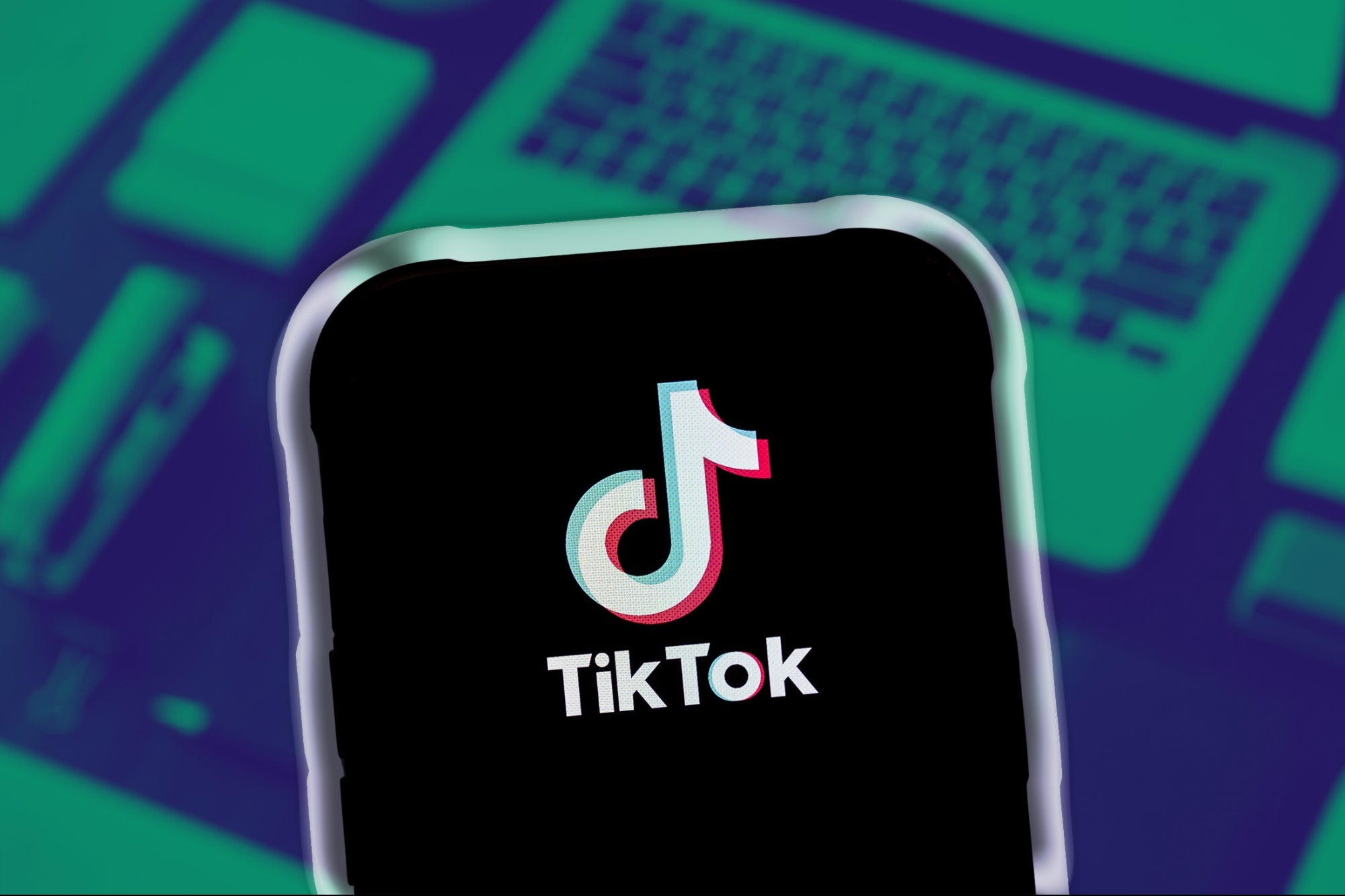3 Initial Steps to Doing Your Own PR and Getting Excellent Results Make sure you're giving the media what they can use, namely, what's of interest to their readers.
By Lisa Curtiss Edited by Jason Fell
Opinions expressed by Entrepreneur contributors are their own.
You're reading Entrepreneur Europe, an international franchise of Entrepreneur Media.

It's a classic symbiotic relationship. Entrepreneurs need exposure in the press and the media need information from brands to fill their pages. It should be a balanced partnership then yes? Well... not always. The problem comes when you're simply not giving the media what they can use, i.e. what's of interest to their particular readers.
Often this is down to not understanding how journalists work and what they want, but also it can be down to laziness on the part of inhouse or agency PRs who persist in sending mass mailouts to already overserved press.
You may not believe it, but It's actually surprisingly easy to be featured in the press. And you don't have to have budgets large enough to employ the services of a PR agency which can easily cost £5 to £10K plus a month plus disbursements (expenses) just for the most basic of services.
You just need to follow the following steps.
1. Select the media titles your potential and existing audience actually reads.
How? Well, try taking a sample of your social media followers and have a look at what media they are following. That's an easy start. And don't be afraid to pop a post up asking them to name or even vote for their favourite titles too.
Also conduct a simple Google search for media titles that reach your existing and potential customers and industry sector.
There are professional media databases which you can use to compile media lists but these can be expensive. If your budget is tight you could consider buddying up with another entrepreneur and splitting the cost.
Be reassured though, it's really not about the AMOUNT of titles you target, but targeting the RIGHT ONES – i.e. the media that's actually consumed by your target audience (you of course need to have defined this first).
Think beyond just national newspapers and magazines too. Consider TV and radio programmes, podcasts, social media influencers, smaller local/regional titles. And also titles that might not at first seem an obvious choice. For example, if you have a food or drinks brand, depending on its type and price points, you could consider wellness titles, health & fitness titles, luxury lifestyle blogs, TV programmes with a focus on nutrition or weight loss, parenting titles, supermarket magazines. Don't stick your nose up at these – most, including Waitrose's monthly magazine actually have amazing reach, a fantastic reputation, wonderful production values and loyal readers. And in the UK, Asda's magazine has one of the highest circulations and readerships of all print titles.
2. Find the contact details of the best person to approach.
What you also need to do, is find the names and email addresses of the best editors and journalists to actually contact.
This again isn't as hard as you may think. Most publications have what we call in the trade, a "flannel panel," AKA a section in the magazine, often near the front, which details all the staff and their roles. On websites it's usually under About Us or Contact Us.
Look through these and find the journalist or editor responsible for the content that's the best fit for your product or service. You can also go on to the media title's publisher's website and often find contacts there.
And LinkedIn can be another great source – here you can often find email addresses too and if you are a Premium member, reach out direct too.
Failing this, a quick phone call to reception will usually reap rewards.
Bear in mind, Editors and Editor's in Chief aren't always the best initial contacts to approach because they typically get inundated with emails and requests. It's often better to find the details of the staff journalists covering the content most relevant to you and approaching them. Larger publications have what's called "Commissioning Editors" and these are the people to pitch in to. Usually they deal with journalists pitching in, but there's no harm in you doing this do. I'll be covering how to pitch well in another article so look out for this.
It's worth considering targeting the title's website editorial staff as well as those in the magazine or newspaper as it's often much easier to get content picked up for online use as there's unlimited space, whereas a magazine only has a finite number of pages available per issue.
Don't forget about freelance journalists too – these can be a fantastic way in. Twitter, LinkedIn – both can be very useful sources here. Start to follow #journorequest on Twitter and you'll see what journalists are seeking, and responding to this can be an excellent, not to mention free, way of connecting to and building relationships with journalists.
3. Provide content they will want to use.
How do you know what information to give your chosen media? The first step is to be really clear on exactly what topics they cover. It's pretty straightforward to discover this – look at the content they already use, across as many of their media platforms as you can. Observing the regular content categories they have is quick way to gauge what's called their "editorial pillars," the key content their publication carries. By this I mean look at the primary content headings on a website, or contents' page in a magazine. Hashtags they use on their socials can be a handy clue, too.
The second step is to look at the format of this content – length, tone – is it informal and friendly or more authoritative and serious, and if it tends to be more text led or image heavy. Also note if the content is typically presented as an interview, or a first person column, "Editor's Pick," a listicle (i.e. a Top 10 kind of piece) – this kind of thing.
By now you will know what topics they cover and in what style. Step three is to decide what information you want to communicate to these readers, that matches this, and pitch this in to the journalist or editor – or package into a press release. Do consider media titles always prefer to carry unique content – not information that's been offered and taken up by their rivals, so you will need to create pitches and press releases that are tailored.
Pitches and press releases are usually sent as a simple, short email. I will cover creating these in detail in articles to follow, but essentially you need to communicate what your story is (the topic and specific angle), why it's right for that title and is newsworthy for publication now – all in the most interesting way as possible. It's an art to make your pitches or press releases stand out for the right reasons when a journalist could receive hundreds of these a week, but, with some guidance and practice there's no reason why you won't be able to craft these as well as a PR agency and reap the considerable rewards press exposure can bring.












